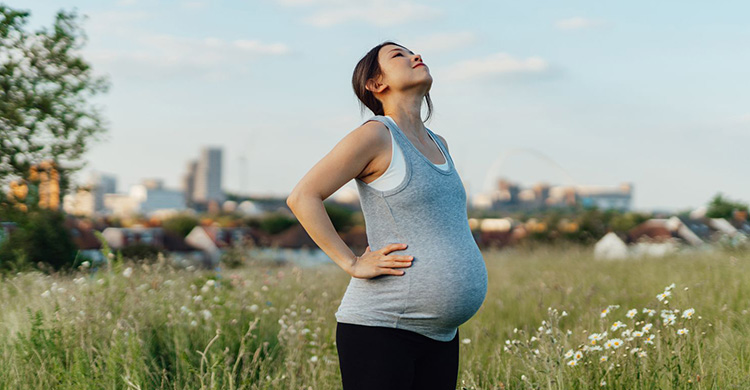
Ovarian cysts occur when the sacs within the ovaries are filled with fluid. Under normal conditions, women have two ovaries located on each side of the uterus. Eggs, or ova, develop and mature in the ovaries and are released each time a menstrual cycle occurs until pregnancy ensues.
Most types of ovarian cysts are not harmful and can disappear without serious treatment. However, some types can cause other health problems or even lead to fertility issues. Types of ovarian cysts include:
- Functional cysts, which often shrink and disappear within two or three menstrual cycles. These cysts form during ovulation and are rare in elderly women who have undergone menopause because eggs are no longer produced.
- Dermoid cysts, which are filled with various types of tissue, including hair and skin.
- Endometriomas, also known as chocolate cysts, form when tissue similar to the uterine lining attaches to the ovary.
- Cystadenomas, which develop from cells on the surface of the ovary.
- Polycystic ovary syndrome (PCOS) refers to cysts formed from the accumulation of follicles. These cysts cause the ovaries to enlarge and have a thick outer covering, preventing ovulation.
The normal function of the ovaries is essentially to produce eggs every cycle. During ovulation, structures called follicles, which are akin to cysts, form within the ovary. Mature follicles rupture when the egg is released during ovulation. The empty follicle forms into a structure called the corpus luteum, which dissolves if pregnancy does not occur.
However, sometimes this process doesn’t occur correctly, leading to the most common type of ovarian cyst, functional cysts. Abnormal ovarian cysts, such as PCOS, can result from imbalances in female hormones (estrogen and progesterone).
Risk of Ovarian Cysts
Ovarian cysts often do not cause specific problems. However, they can sometimes lead to serious complications. Some complications include:
- Ovarian torsion, where the ovarian stalk becomes twisted if the cyst grows on top of it. This blocks blood supply to the cyst and causes severe lower abdominal pain.
- Ruptured cysts. If a cyst ruptures, it can cause pain in the lower abdomen. If the cyst becomes infected, the pain can worsen. This condition can lead to bleeding similar to appendicitis or diverticulitis.
- Cancer. In rare cases, a cyst may be an early form of ovarian cancer.
These are some of the complications that may arise if a pregnant woman has ovarian cysts. Bleeding can occur, but it is not related to miscarriage. To prevent complications, pregnant women should regularly consult with a doctor about their pregnancy status or seek medical advice if they experience unusual symptoms during pregnancy.




